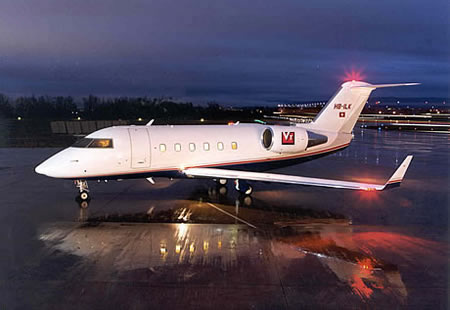Private jet emissions counted
 New research reveals that carbon emissions from private jets soared by 46 per cent between 2019 and 2023.
New research reveals that carbon emissions from private jets soared by 46 per cent between 2019 and 2023.
Researchers have analysed data from over 18 million private flights and found that some frequent flyers may emit up to 500 times more CO₂ in a year than the average individual.
The findings underscore the environmental cost of private air travel, a luxury that only a small fraction of the global population enjoys.
Private jets, often marketed to the ultra-wealthy, are far more carbon-intensive per passenger than commercial flights.
According to the research, approximately 0.003 per cent of people worldwide use private aviation, yet their flights produced 15.6 million tonnes of CO₂ in 2023 alone - about 0.045 per cent of overall global CO₂ emissions.
The study highlighted some particular patterns: emissions from private aviation spiked around certain high-profile international events, including the 2022 FIFA World Cup, the Cannes Film Festival, and even the COP 28 UN Climate Change Conference.
The FIFA World Cup drew 1,846 private flights, releasing an estimated 14,700 tonnes of CO₂ into the atmosphere.
COP 28, ironically intended to address climate change, saw 644 private flights that emitted a whopping 4,800 tonnes of CO₂.
Meanwhile, Australia, with its 317 private planes, contributes 1.2 per cent of the global private jet total and ranks sixth in the world for private planes per capita.
While this may seem small, the country’s private aviation presence is significant relative to its population size.
Many of these flights appear to be for leisure purposes, particularly around weekends and during summer, suggesting that private planes are often used to replace car travel for short journeys.
The full study is accessible here.







 Print
Print